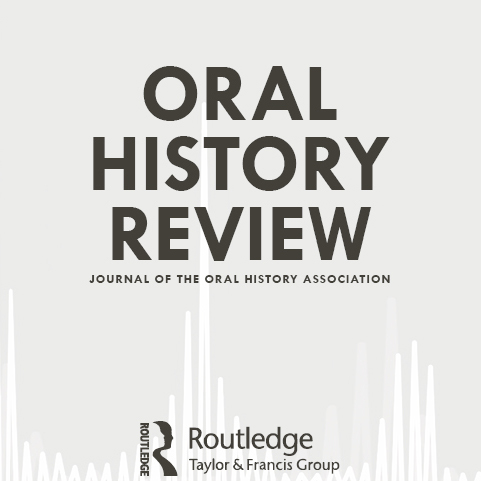Using voice recognition software in oral history transcription
By Andrew Shaffer and Samantha Snyder
sat down with Samantha Snyder, a Student Assistant at the University of Wisconsin-Madison Archives, to talk about her work. From time to time, the UW Archives has students test various voice recognition programs, and for the last few months Samantha has been testing the software program Dragon NaturallySpeaking. This is an innovative way of processing oral histories, so we were excited to hear how it was going.
To start off, can you tell me a bit about the project you’re working on?
I started this project in June of 2014, and worked on it most of the summer. The interviews I transcribed included three sessions with a UW-Madison Teaching Assistant who participated in the 2011 Capitol Protests. There was some great content that was waiting to be transcribed, and I decided to dive right in. Each interview session was about fifty minutes.
I was asked to try out Dragon NaturallySpeaking. I had never heard of the software before, and was excited to be the one to test it out. What I didn’t realize is that there is quite the steep learning curve.
Sounds like it started off slow. What did it take to get the program working?
I spent quite a bit of time reading through practice exercises, which are meant to get the program to the point where it will recognize your voice. The exercises include things like Kennedy’s inaugural speech, children’s books, and cover letters. They were actually fun to read, but I knew I had to get down to business.
I loaded up the first interview into Express Scribe —
That’s a different program, right?
Yep, it allows you to slow down and speed up the interview, which I learned was absolutely necessary. With the programs finally up and running, I plugged in the start/stop pedal, opened a Word document and began. I immediately realized I had to slow the interview down to about 60% of its regular speed, because I was having a tough time keeping up.
Unfortunately, I think most oral historians are familiar with the drudgery of transcription. Do you think the program helped to make the process any easier?
The first interview session took me around five hours total to complete. This included editing the words and sentences that came out completely different than what I thought I had said clearly, and formatting the interview into its proper transcript form. During the first interview I tried using commands to delete and fix phrases, but I found it was easier to just going back through and edit after finishing the dictation. I was surprised at how long it took me to complete the first interview, and I was stressed that maybe this wasn’t worth it, and I should just listen and type without dictating.
For the second and third interview sessions, it became much easier, and Dragon began to recognize my voice, for the most part. It only took me around two hours to dictate and edit subsequent interviews, a much more manageable timeframe than five hours. I think using the pedal and Express Scribe made the process much easier, because I was able to slow down the interview as well as stop and start when needed. I definitely would recommend using similar products along with Dragon, because it does play audio but does not have the option to slow down or speed up the interview. Without the pedal and Express Scribe I think it would have taken me much longer! My pedal stopped working during one of my days working on transcribing, and it turned into a much more stressful process.
It sounds like the experiment was fairly success. Two hours to transcribe and edit a 50-minute interview doesn’t seem bad at all!
Overall I would say Dragon NaturallySpeaking is an innovative way to transcribe oral history interviews, but I wouldn’t say it is necessarily the most efficient. I would like to transcribe an interview of similar length by simply listening and typing to compare the amount of time taken, but I haven’t had a chance to do so yet.
Maybe we can get another review when you’ve had the chance to compare the methods. Any final thoughts?
I think I will still be transcribing by doing my old standard, listening and typing along with the recording. Speech recognition software is an innovative tool, but in the end there is still a long way to go before it replaces the traditional transcription process.
I’m sure we all look forward to the days when software can fully take over transcription. Thanks for your help, and for the excellent review!
If you’ve tried voice recognition software, or other creative oral history methods, share your results with us on Twitter, Facebook, Tumblr, even Google+.
Headline image credit: Listen. Image by Fe Ilya. CC BY-SA 2.0 via renneville Flickr.



Leave A Comment